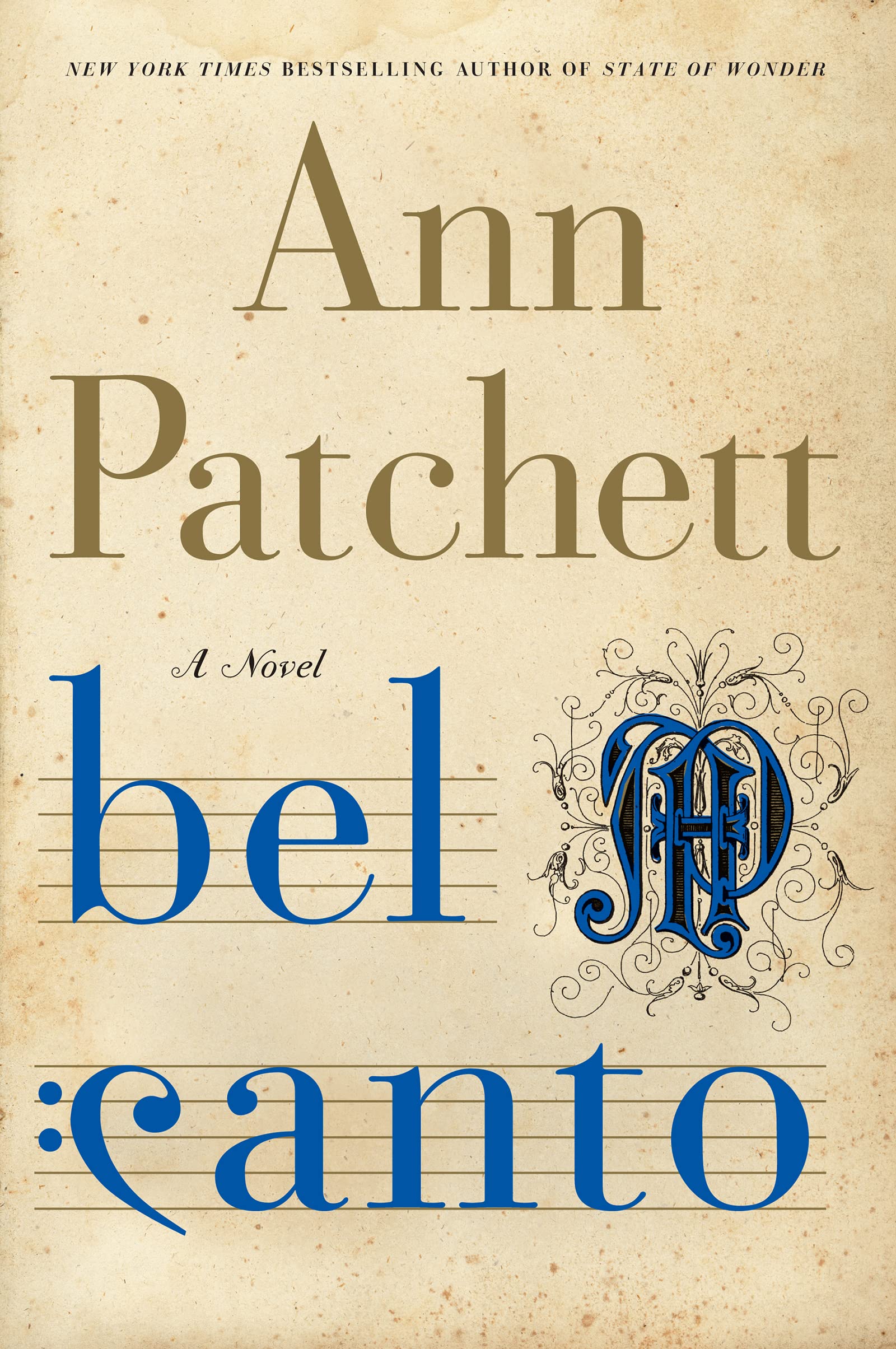In the realm of contemporary literature, few novels manage to capture the intricate tapestry of human emotion and experience quite like Ann Patchett’s “Bel Canto.” Ostensibly, the narrative unfolds during a high-stakes hostage situation, yet the beauty and depth of this novel transcend its initial premise, offering profound insights into the complexities of human relationships, communication, and the transformative power of art. With a blend of lyrical prose and rich character development, “Bel Canto” invites readers to delve into the enigma of existence, urging them to reconsider their assumptions about love, compassion, and the human spirit.
The setting is tantalizingly ripe with potential for drama: an elegant gathering of influential individuals at a birthday celebration for a Japanese industrialist, Mr. Hosokawa. He finds solace in the operatic works of a diva, Roxane Coss, whose voice enchants him and everyone present. However, as fate would have it, the gathering is interrupted by a group of terrorists seeking to assert their authority. This unexpected twist not only plunges the guests into the throes of captivity but also sets the stage for an unexpected exploration of relationships blossoming amid confinement.
What makes “Bel Canto” profoundly compelling is the manner in which Patchett navigates the shifting dynamics between captors and captives. With deft precision, she refrains from painting characters in absolute shades of good or evil. Instead, she presents them as multifaceted beings with nuanced motivations. This approach fosters a rich understanding of their humanity. For instance, the character of the terrorist leader, César, evolves from a symbol of threat into a layered individual grappling with his own fears and desires. In these complex portrayals, readers encounter the notion that circumstances can alter perceptions, inviting them to reevaluate their preconceived notions about conflict and vengeance.
The transformative power of music is another prominent theme woven intricately throughout the narrative. Roxane Coss’s operatic performances become a catalyst for connection, demonstrating that art possesses the extraordinary ability to transcend language and cultural barriers. As she sings, the hostages and their captors find common ground in the shared experience of music, highlighting the profound impact of creativity on the human experience. The novel eloquently posits that even amidst turmoil, there exists a space for beauty, harmony, and potential reconciliation.
The exploration of human connection deepens as the characters learn about one another’s lives, aspirations, and fears. The thrill of proximity, born from their shared adversity, ignites an unexpected camaraderie. In a world that often prioritizes division and difference, Patchett crafts a narrative that emphasizes solidarity and understanding. The emergence of love—romantic and platonic—against the backdrop of captivity becomes a testament to the resilience of the human heart. As hostages forge bonds with their captors, it raises poignant questions about the nature of love itself: Can it thrive in the most unlikely of circumstances? Can it be genuine when born out of duress?
Moreover, the pacing of the novel serves to deepen the tension while simultaneously allowing readers to luxuriate in character development. The unusual setting and the urgency of the situation create a palpable suspense, compelling readers to eagerly turn pages. Yet, within this kinetic framework, Patchett masterfully weaves introspection and reflection. This juxtaposition produces a rhythmic ebb and flow, mirroring the emotional highs and lows of each character’s journey.
Ann Patchett also deftly employs the motif of language throughout “Bel Canto.” The barriers of language become both a source of conflict and a vehicle for connection. Characters grapple with miscommunication, and yet, it is through these very struggles that moments of vulnerability and intimacy arise. The conversations between hostages and captors evolve into profound exchanges, underscoring the significance of understanding and empathy. Readers are led to ponder: How does language shape our perceptions of one another? Can sincerity transcend the limitations of vocabulary?
The conclusion of “Bel Canto” unfolds as a poignant meditation on the impermanence of human experience. It deftly encapsulates the nature of love and loss, ringing true with echoes of bittersweet nostalgia. The transformations undergone by the characters leave a lingering residue, prompting both characters and readers alike to reconcile with their choices and the paths that diverge unexpectedly.
“Bel Canto” ultimately emerges as an unconventional amalgamation of suspense, romance, and philosophical inquiry. It challenges readers to confront their innermost fears and the often uncomfortable truths that coexist within the human psyche. Through its exploration of artistry, connection, and the messiness of existence, the novel offers an essential, almost visceral lens through which readers can examine their own lives.
The richness of the storytelling, combined with the themes of resilience and shared humanity, reminds us that hope often finds a way to flourish in the most challenging of circumstances. “Bel Canto” is more than a story about a hostage situation; it is an invitation to embrace the complexities of the human condition and to discover beauty in the most unexpected of places. In navigating the intricacies of love and the convergence of disparate paths, the narrative urges us to embrace a shift in perspective, piquing curiosity about the boundless capacity of the human spirit.
